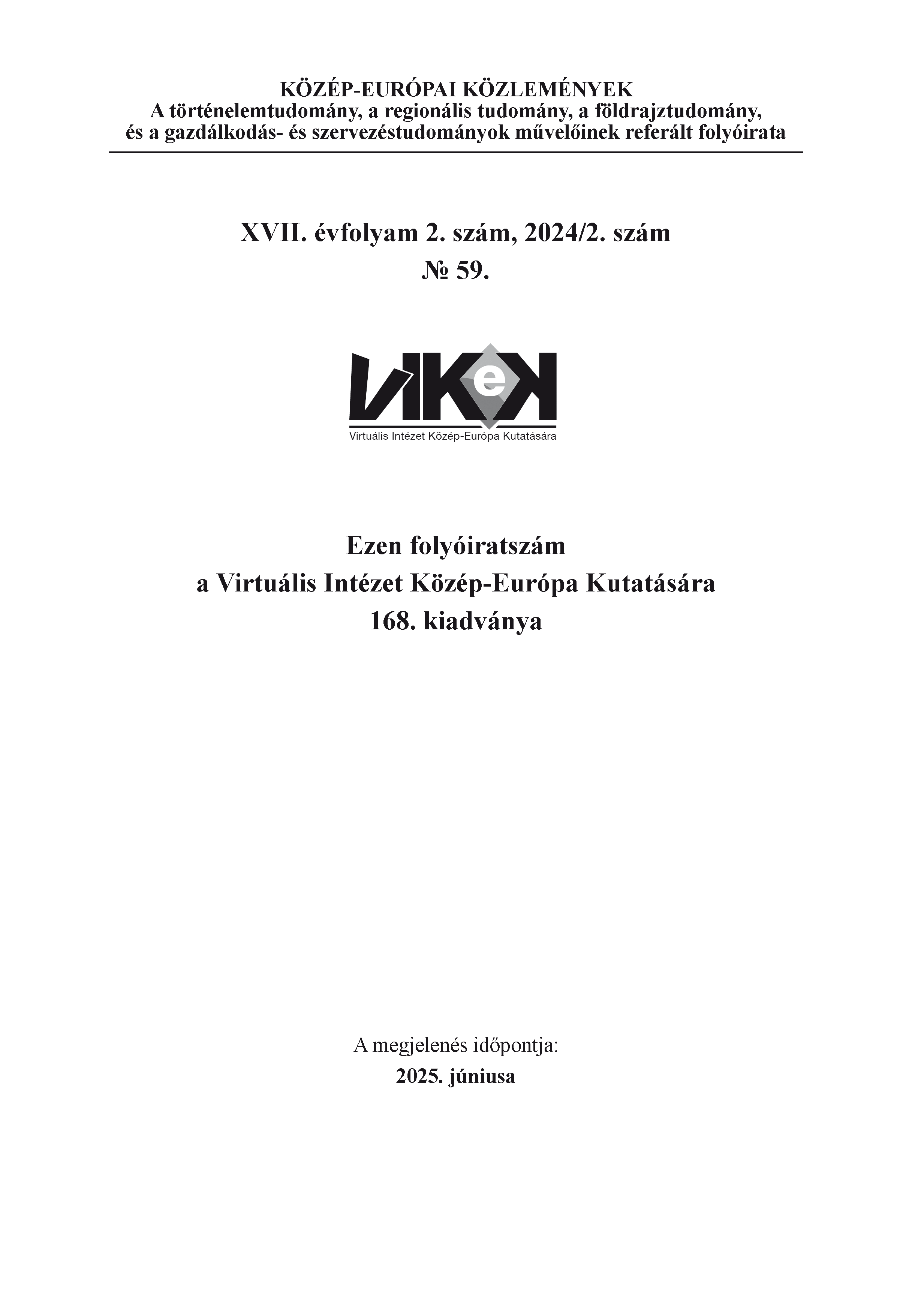Changes in International Tourism in the Balaton Region after 1990
Main Article Content
Abstract
In the years before the regime change, Lake Balaton was one of the most important destinations for international tourism in Hungary. Today it is still the second most popular destination in Hungary, but the number of foreign guests and overnight stays has dropped significantly compared to the years of mass tourism.
The aim of this article is to explore these quantitative changes and to examine which countries are now sending the most visitors to Hungary. First, it briefly describes mass tourism during the years of socialism and its consequences. It details the changes in visitor flows at national level after 1990, and then the most important processes in the region of Lake Balaton. Finally, it examines the development of tourism supply, with a focus on accommodation, as a key element in meeting this new type of demand. To answer the research questions, I used literature, press materials and internet databases, which showed that the ratio of domestic and foreign guests and overnight stays at Lake Balaton has been reversed. While until the early 2000s it was mainly the former socialist countries of Central and Eastern Europe that generated the highest number of visitors to our country, today it is the Western countries, led by Germany, that provide the most tourists. So, in the last decades, Lake Balaton has to serve modern, western needs, for which the development of commercial accommodation is essential. The number of certified three, four and five-star hotels in the region has been steadily increasing over the past 30 years, but this alone is not enough to boost international traffic.
